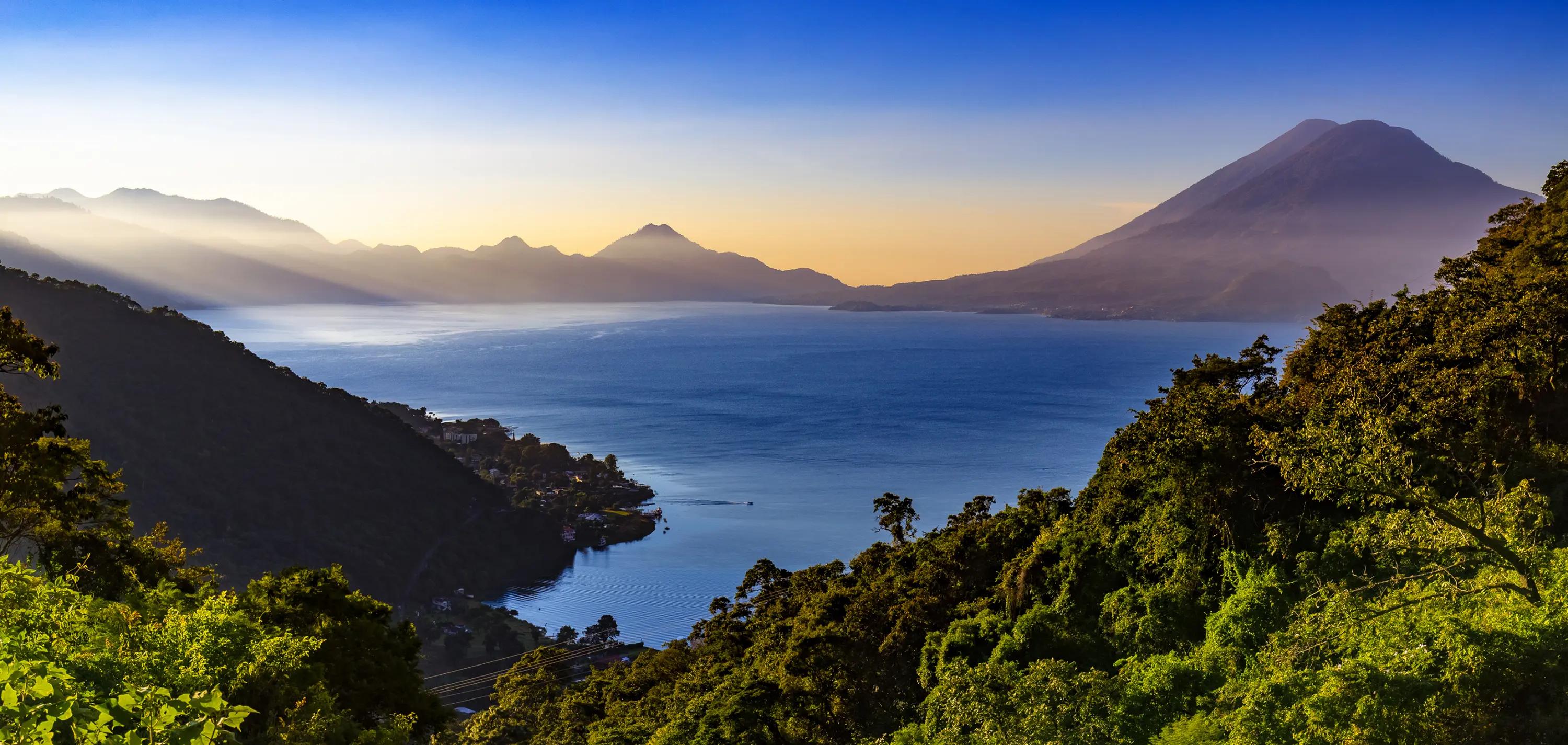
Guatemala
Consuelo de Saint Exupéry – The Tale of the Rose (2001)
A magical and distant land
In 1938, Antoine de Saint-Exupéry was flying to New York when a malfunction forced him to stop in Guatemala. Accounts by the inhabitants of the town of Antigua Guatemala, where Antoine stayed, describe his visits to nearby Lake Atitlán and many people, including his wife Consuelo, believe that the landscape that inspired Asteroid B-612, home of the Little Prince, was indeed that of Guatemala.
This alone would be enough to imagine a magical and distant land. The heart of Central America's Maya culture, Guatemala is home to the region's tallest and most active volcanoes (such as Tajumulco, which stands at more than 4,000m above sea level but is now in a dormant state) and has predominantly mountainous terrain, with the exception of the western coastal zone and the flat area, rich in tropical forests, on the border with Mexico.
The territory
The political and social stability that the country has been regaining in recent years has encouraged tourists to discover its natural and cultural beauty. Much of Guatemala's land area is protected or partially protected, with large national parks rich in flora (including some of the rarest orchids in the world) and fauna (from the armadillo to the puma and the quetzal, the country's colourful national bird). Just one of the areas in which we work, in the Petén district in the north of the country, is surrounded by some of Guatemala's most beautiful parks, such as the Laguna del Tigre National Park and the Maya Biosphere Reserve.
The archaeological site of Tikal -- the largest of the ancient ruined cities of the Maya civilisation, home to the famous Temple of the Great Jaguar and Guatemala's most visited tourist destination -- is also close by.
Treedom in Guatemala
Our work in Guatemala aims to achieve multiple benefits, tailoring projects to the different territorial and social groups with which we work. As mentioned, one of the areas in which we work is in the rural region of Petén, in the north of the country, where we have identified fruit trees as the mainstay of our project to ensure the maximum environmental and social benefits. Some of the tree species that contribute to creating agroforestry systems include: lime, mandarin, mango, cocoa, graviola (also known as soursop or guanábana), sapote (a traditional fruit tree that was widespread among pre-Columbian civilisations in Central America), guava and orange.
The trees will be planted in small-scale agroforestry systems, according to the principles of permaculture, an approach that imitates natural processes by intercropping different species.
Social investments
Another guiding principle of our work is the involvement of communities and the creation of opportunities that are not just about food and income, but also about training and empowering women. That's why we are collaborating with one of the country's leading universities to lead the training of rural communities in the proper management of trees, especially in their early years of growth.
And that's why we work with groups of indigenous women, because to empower women socially and economically it is essential to strengthen their potential and their ability to contribute to improving living conditions both within the family and in the development of their wider communities. The goal is to move towards the full participation and integration of women in decision-making and in the socio-economic development of the community.
147,367
trees planted in Guatemala
6,177
beneficiaries involved in Guatemala
